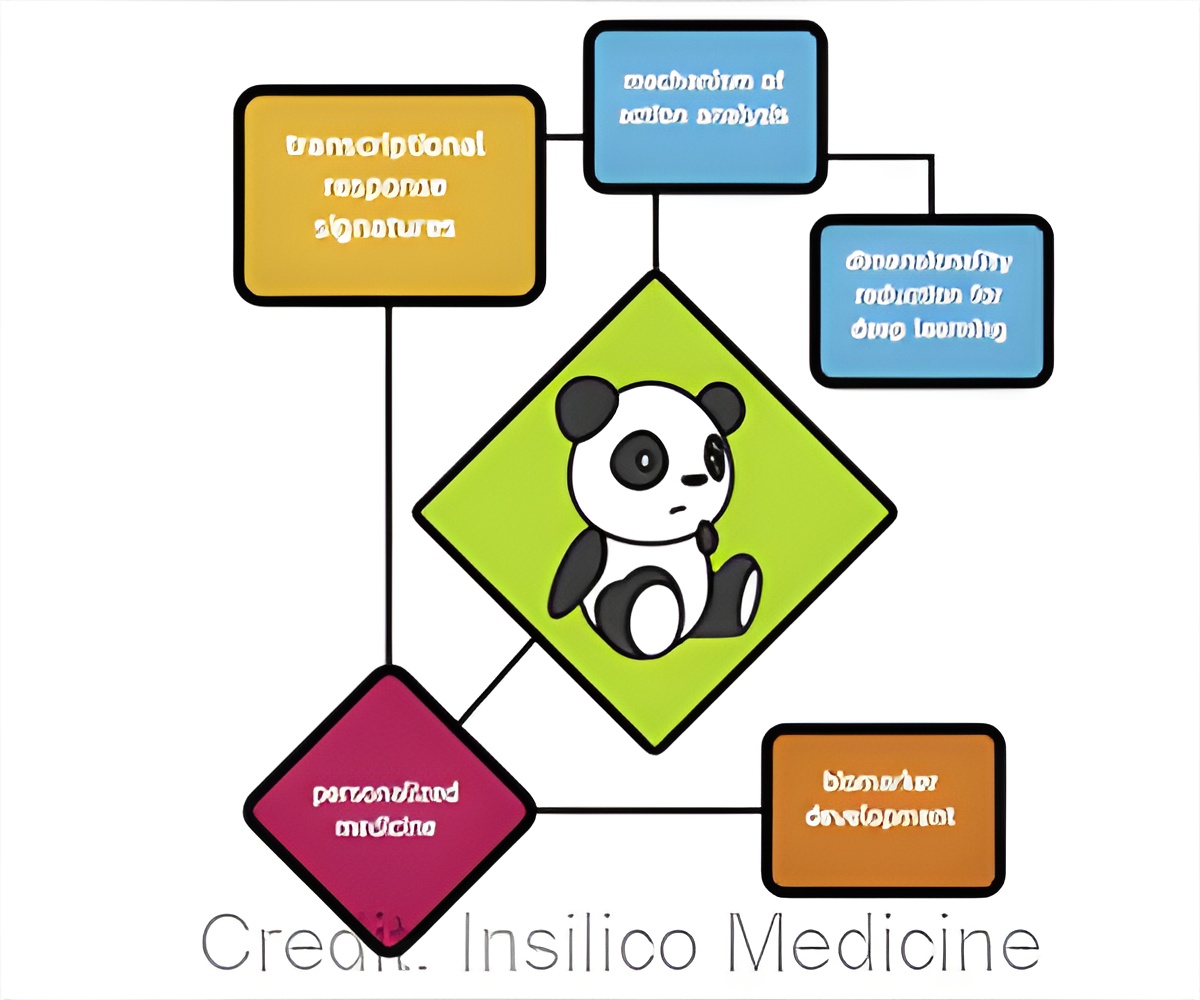
‘Systematic use of iPANDA will help obtain a better understanding of gene involvement in various cancers, disease and age-related diseases. The information is helpful to design more efficient therapies.’
Tweet it Now
In the present work Insilico Medicine team collaborated with researchers from the Johns Hopkins University, Albert Einstein College of Medicine, Boston University, Novartis, Nestle and BioTime.They demonstrated that iPANDA provides significant noise reduction in transcriptomic data and identifies highly robust sets of biologically relevant pathway signatures for breast cancer patients according to their sensitivity to neoadjuvant therapy.
"In this paper we describe one of our most sensitive and biologically-relevant approaches for integrating and analyzing gene expression data and present its application for stratifying responders and non-responders to targeted chemotherapy.”said Ivan Ozerov, PhD, head of senolytics group at Insilico Medicine and the lead author on the paper.
“However, the applications of this method stretch beyond precision medicine and we use it primarily for artificial intelligence and aging research. My team and many of our collaborators also use it to develop targetable tissue-specific signatures of senescence, cross-species gene expression analysis ", Ozerov added.
"iPANDA is a universal tool, which allows us to perform in-depth analysis of the effects of external perturbations on the activation of signaling pathways and how it affects the downstream targets. ", said Ksenia Lezhnina, head of the "Nutriomi" personalized omics-informed nutrition group at Insilico Medicine and the co-author of the paper.
Advertisement
While modern pathway-based methods often fail to provide stable pathway signatures of a specific phenotype or disease condition, iPANDA produces highly consistent sets of biologically relevant biomarkers acquired on multiple transcriptomic data sets.
Advertisement
Using iPANDA values as an input data seems to be a particularly high-potential approach to obtaining reproducible results when analysing transcriptomic data from multiple sources.
Therefore, while there is no single preferential approach for interpreting gene expression results, the iPANDA method of transcriptomic data analysis on the signaling pathway level may not only be useful for discrimination between various biological or clinical conditions, but may aid in identifying functional categories or pathways that may be relevant as possible therapeutic targets.
"Gene expression profiles generated on microarray equipment is one of the most abundant biological data types with hundreds of thousands of published experiments. A method which allows scientists to make better use of this data, perform quality control and integrate it with RNASeq and protein expression data is extremely important", said Charles Cantor, PhD, the co-founder and former CSO of Sequenom, former CSO of the Human Genome Project from the DOE and advisor to Insilico Medicine, a co-author of the publication.
The iPANDA algorithm is a very sensitive pathway perturbation analysis method, which allows for granular comparison of the differentiation states of human cell and tissues using highly sparse gene expression data.
It also serves as a biologically-relevant dimensionality reduction and feature selection tool for training the deep neural networks.
Source-Medindia













